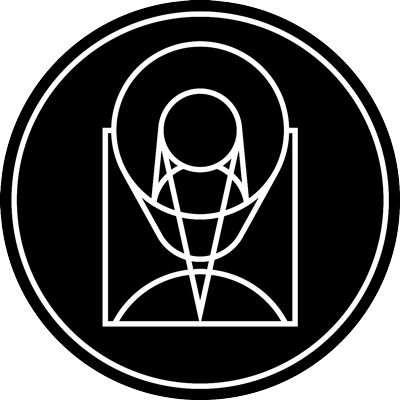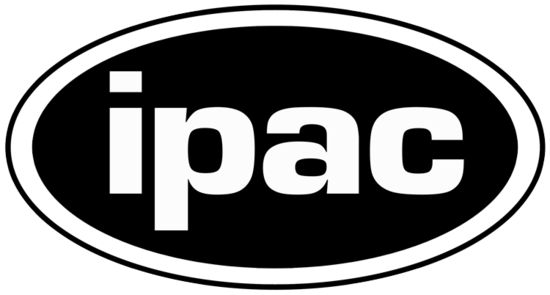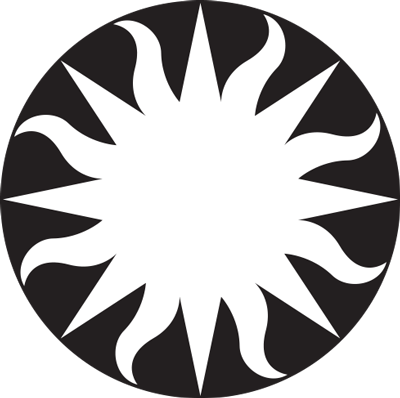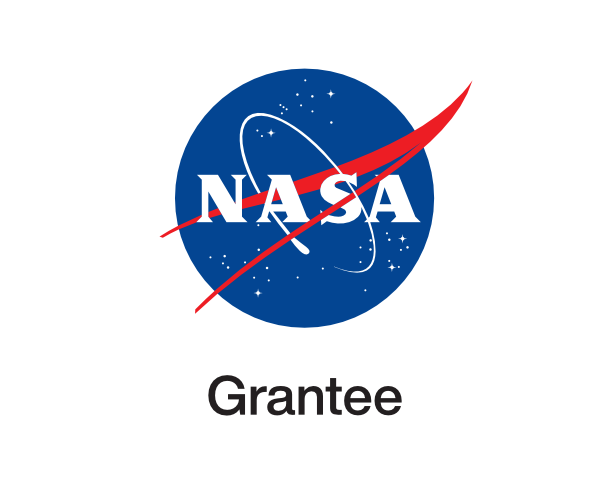Spiral, elliptical or neither?

esahubble_potw2538a September 22nd, 2025
Credit: ESA/Hubble & NASA, F. Belfiore, J. Lee and the PHANGS-HST Team
Today’s NASA/ESA Hubble Space Telescope Picture of the Week features a galaxy that’s hard to categorise. The galaxy in question is NGC 2775, which lies 67 million light-years away in the constellation Cancer (The Crab). NGC 2775 sports a smooth, featureless centre that is devoid of gas, resembling an elliptical galaxy. It also has a dusty ring with patchy star clusters, like a spiral galaxy. Which is it, then: spiral or elliptical — or neither? Because we can only view NGC 2775 from one angle, it’s difficult to say for sure. Some researchers have classified NGC 2775 as a spiral galaxy because of its feathery ring of stars and dust, while others have classified it as a lenticular galaxy. Lenticular galaxies have features common to both spiral and elliptical galaxies. It’s not yet known exactly how lenticular galaxies come to be, and they might form in a variety of ways. Lenticular galaxies might be spiral galaxies that have merged with other galaxies, or that have mostly run out of star-forming gas and lost their prominent spiral arms. They also might have started out more similar to elliptical galaxies, then collected gas into a disk around them. Some evidence suggests that NGC 2775 has merged with other galaxies in the past. Invisible in this Hubble image, NGC 2775 has a tail of hydrogen gas that stretches almost 100 000 light-years around the galaxy. This faint tail could be the remnant of one or more galaxies that wandered too close to NGC 2775 before being stretched apart and absorbed. If NGC 2775 merged with other galaxies in the past, it could explain the galaxy’s strange appearance today. A Hubble image of NGC 2775 was previously released in 2020. The new version adds observations of a specific wavelength of red light that is emitted by clouds of hydrogen gas surrounding massive young stars. [Image Description: A galaxy seen face-on, with a slightly elliptical disc that appears to have a hole in the centre like a doughnut. In the hole, the core is a brightly glowing point that shines light out beyond the edge of the disc. Around the hole is an inner ring of dust, and at the galaxy’s edge is a thicker outer ring of dust, with a swirling web of dust strands in between. Blue stars and red nebulae are visible behind the dust.] Links Pan: NGC 2775
Provider: Hubble Space Telescope | ESA
Image Source: https://esahubble.org/images/potw2538a/
Curator: ESA/Hubble, Baltimore, MD, United States
Image Use Policy: Creative Commons Attribution 4.0 International License

- ID
- potw2538a
- Subject Category
- Subject Name
- NGC 2775
- Credits
- ESA/Hubble & NASA, F. Belfiore, J. Lee and the PHANGS-HST Team
- Release Date
- 2025-09-22T06:00:00
- Lightyears
- Redshift
- Reference Url
- https://esahubble.org/images/potw2538a/
- Type
- Observation
- Image Quality
- Distance Notes
- Facility
- Hubble Space Telescope, Hubble Space Telescope, Hubble Space Telescope, Hubble Space Telescope, Hubble Space Telescope, Hubble Space Telescope
- Instrument
- WFC3, WFC3, WFC3, WFC3, WFC3, WFC3
- Color Assignment
- Purple, Purple, Blue, Green, Red, Red
- Band
- Ultraviolet, Optical, Optical, Optical, Optical, Optical
- Bandpass
- UV, U, B, V, I, H-alpha + NII
- Central Wavelength
- 275, 336, 438, 555, 814, 657
- Start Time
- Integration Time
- Dataset ID
- None, None, None, None, None, None
- Notes
- Coordinate Frame
- ICRS
- Equinox
- J2000
- Reference Value
- 137.58425154149964, 7.039956537004997
- Reference Dimension
- 4150.0, 3879.0
- Reference Pixel
- 2075.0, 1939.5
- Scale
- -1.0993645597181474e-05, 1.0993645597181474e-05
- Rotation
- -63.039999999999971
- Coordinate System Projection:
- TAN
- Quality
- Full
- FITS Header
- Notes
- Creator (Curator)
- ESA/Hubble
- URL
- https://esahubble.org
- Name
- Telephone
- Address
- ESA Office, Space Telescope Science Institute, 3700 San Martin Dr
- City
- Baltimore
- State/Province
- MD
- Postal Code
- 21218
- Country
- United States
- Rights
- Creative Commons Attribution 4.0 International License
- Publisher
- ESA/Hubble
- Publisher ID
- esahubble
- Resource ID
- potw2538a
- Resource URL
- http://esahubble.org/media/archives/images/original/potw2538a.tif
- Related Resources
- Metadata Date
- 2025-09-30T23:53:40.195269
- Metadata Version
- 1.1
Detailed color mapping information coming soon...















